
All images courtesy of Anna Åstrand, please check out her website for individual titles.
“Being inconsistent forces me to think all the time.”
– Anna Åstrand
Born 1982, she earned her MFA from the Royal Academy of Fine Arts in Stockholm in 2012. Anna Åstrand lives and works in Stockholm, Sweden.
We’ve asked her to elaborate on her practice that involves a high degree of material devotion and a healthy doze of inconsistency.
ÅSTRAND: “I would say my focus is scattered but not confused.
I make a mess and then I tidy: I try to be inconsistent and challenge my own way of thinking and working.
With given structures you can lean back and just follow. In the extension it’s about challenging structures in society, even though it may not be visible at first – or at any glance for that matter.
Small, every day things in relation to grand gestures and divine sceneries and how these small things can have a great impact in the long run: How to describe and define things and what it means to be something, how something moves from being a material to being a sculpture for example, like how much do you need to treat the plaster in order to turn it in to a sculpture.”
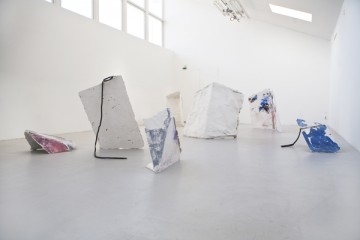
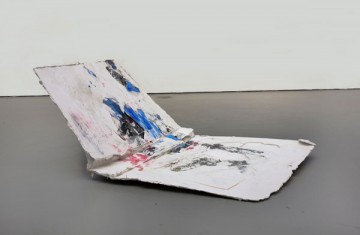

Å: “All my work relates to my own body and even though they are very thing-like I see them as some kind of portraits.
I also see them as words, freestanding on their own at the same time as they create different compositions depending on how they are composed.
I try to find a balance, not by putting polar opposites against each other, but by finding the neutral buoyancy within.”
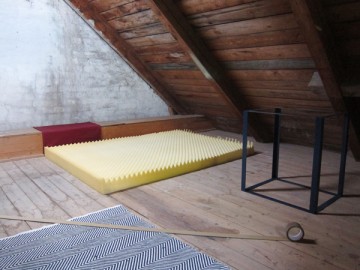

Could you elaborate on the thoughts behind the Desert Act of Memory?
Å: “It’s an archive of its own process. The Desert Act of Memory was produced during an all night 12 h performance at a gallery in Stockholm. It’s made out of electrical scrap, plaster, clay, rebar and chicken wire.
It was a very intuitive process based on the knowledge of hours and hours of working with plaster.
Every action has left a trace, big or small, but it affects the outcome. The title can be read in two ways to me, the desert act of memory, like the desert’s files of its own memories or the desert act of memory, like the lonely action of remembering something.”
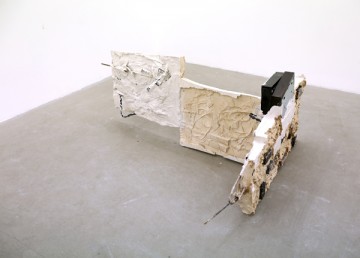
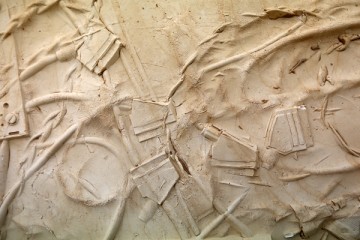
Å: “I often look for strengths and weaknesses in materials and then find the best use for it. Materials are important to me and a weakness in a material can be turned to a strength if used the right way.”
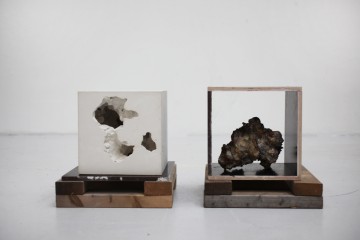
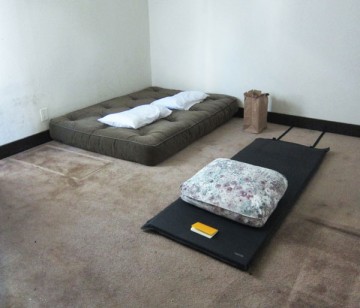
Å: “I love geology and nature and how things are stored and how it relates to the human body and memories.”
